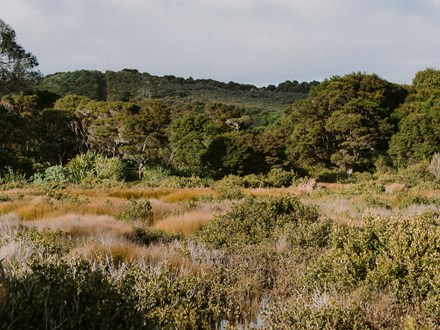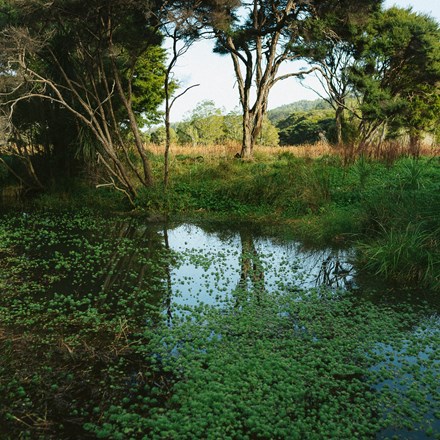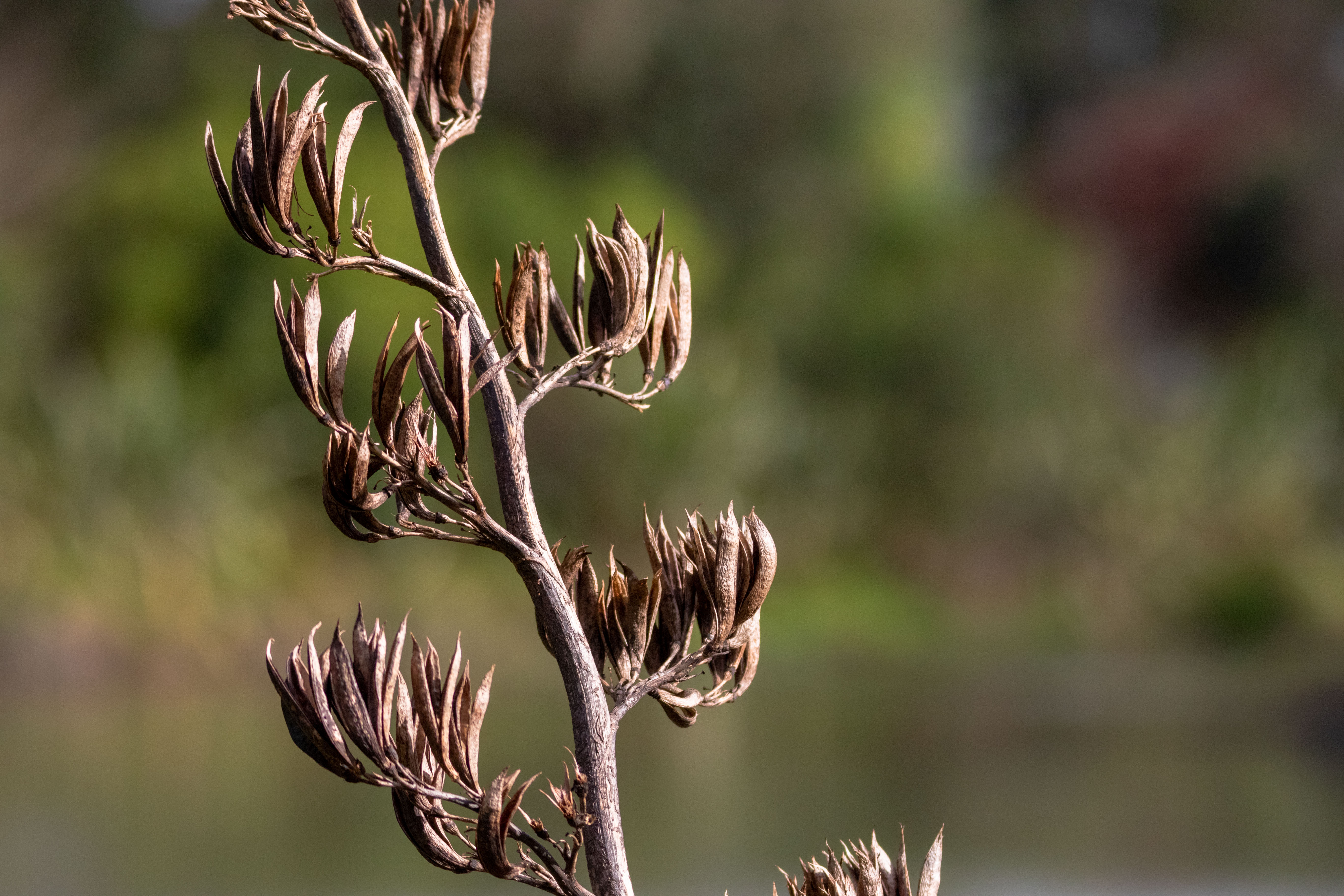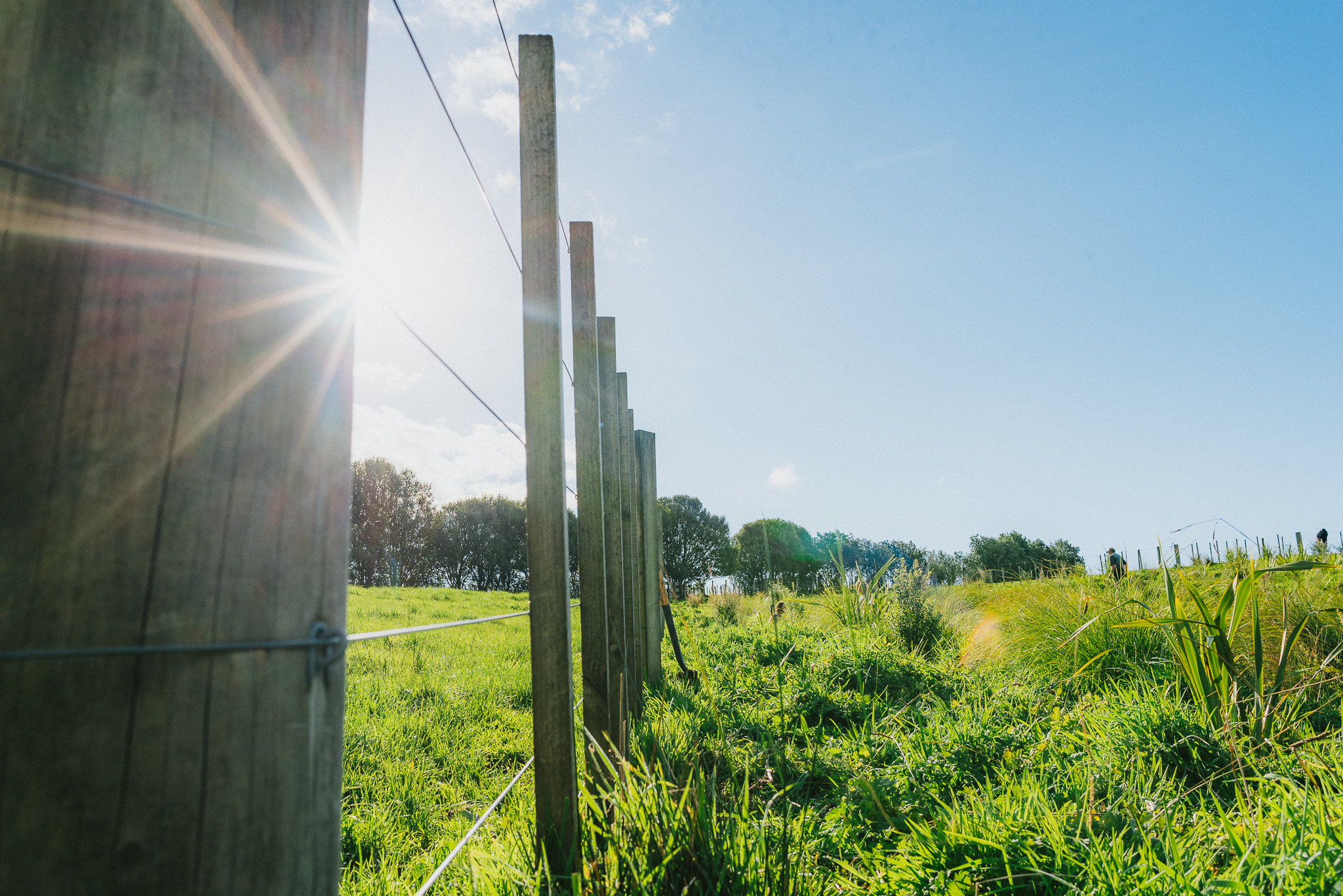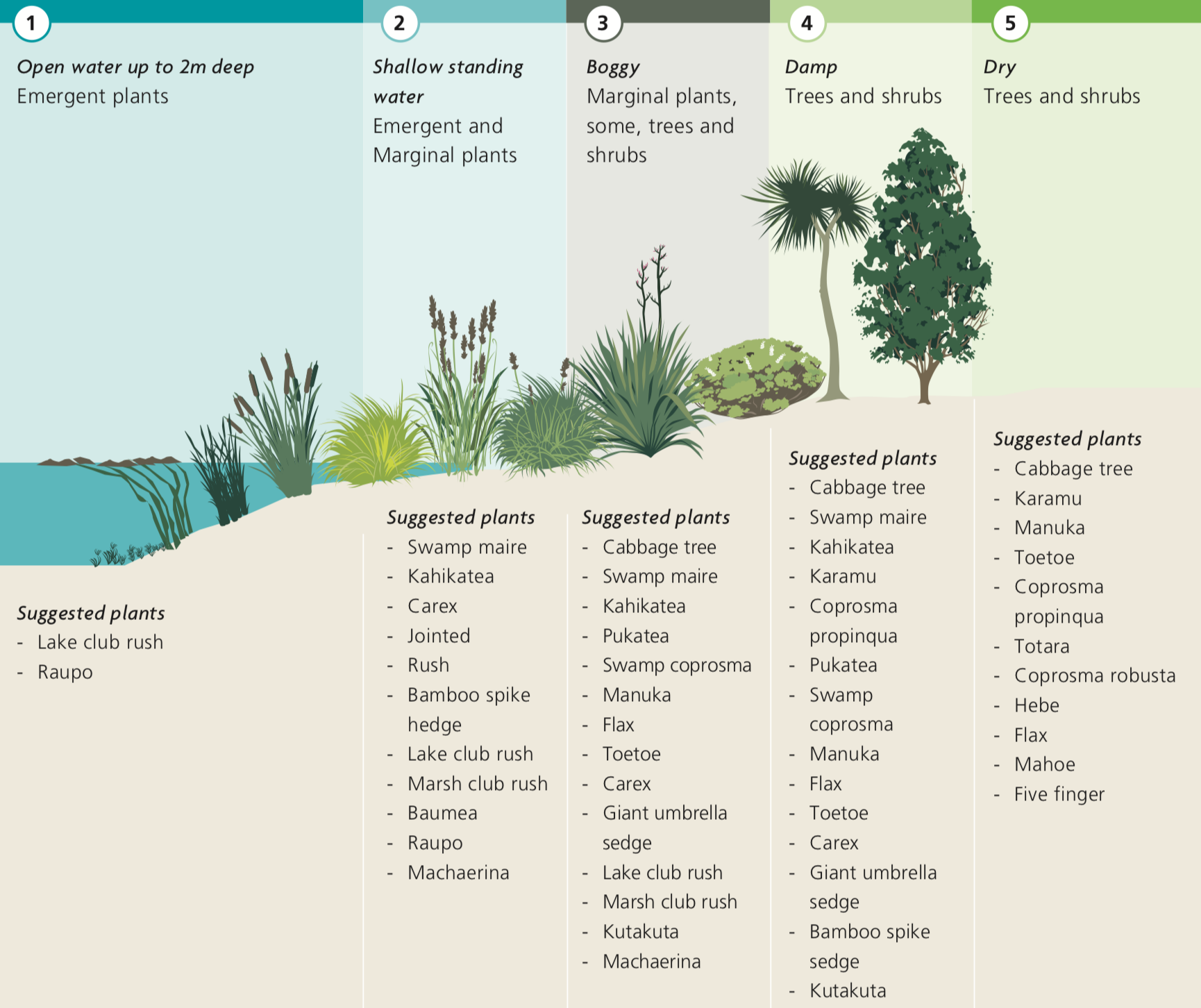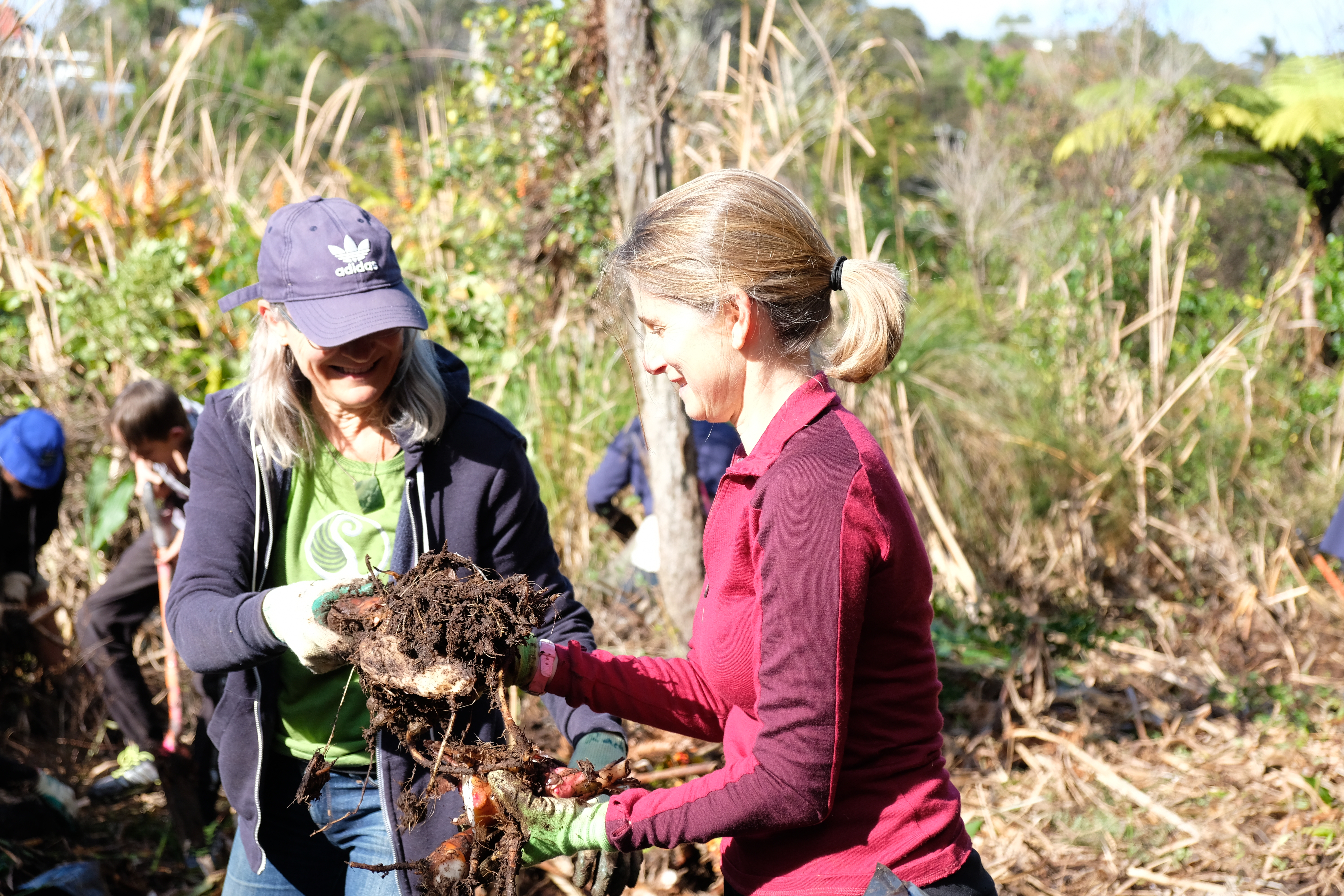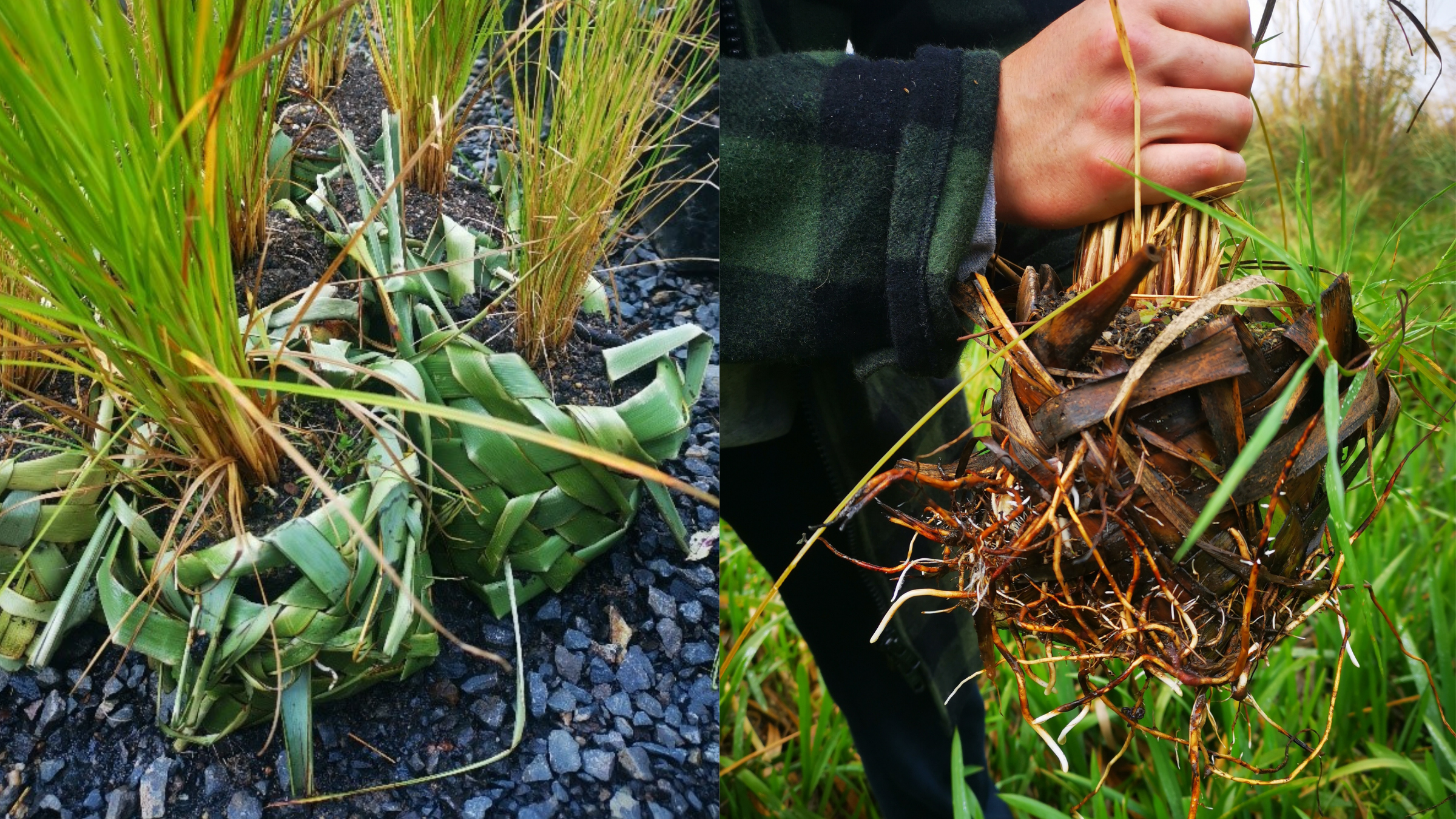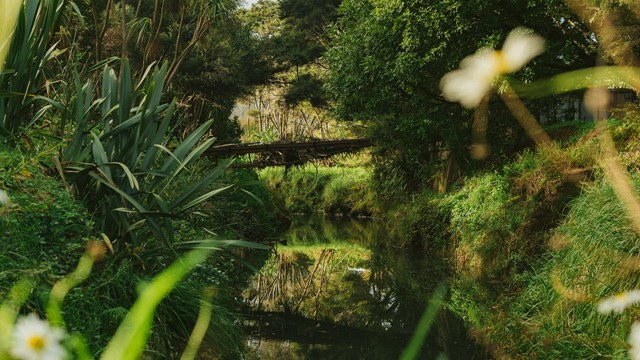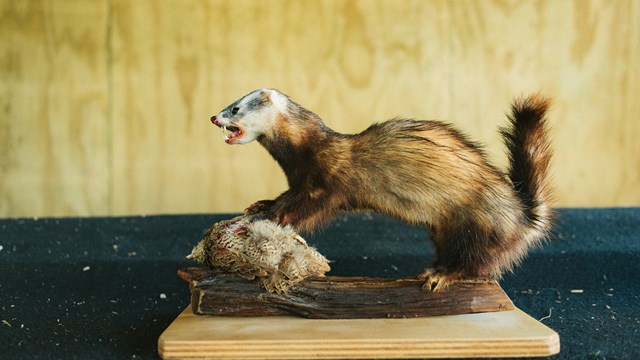Why restore your wetland?
Wetlands play an important role in the health of the environment, but only 10% of Aotearoa’s original wetlands remain. Their ecological and cultural significance were overlooked in the past. As a result, the majority were drained for farmland or urban development.
Restoring even small wet areas on your land has a lot of benefits. Learn about these benefits and how to ensure your wetland restoration is a success.

